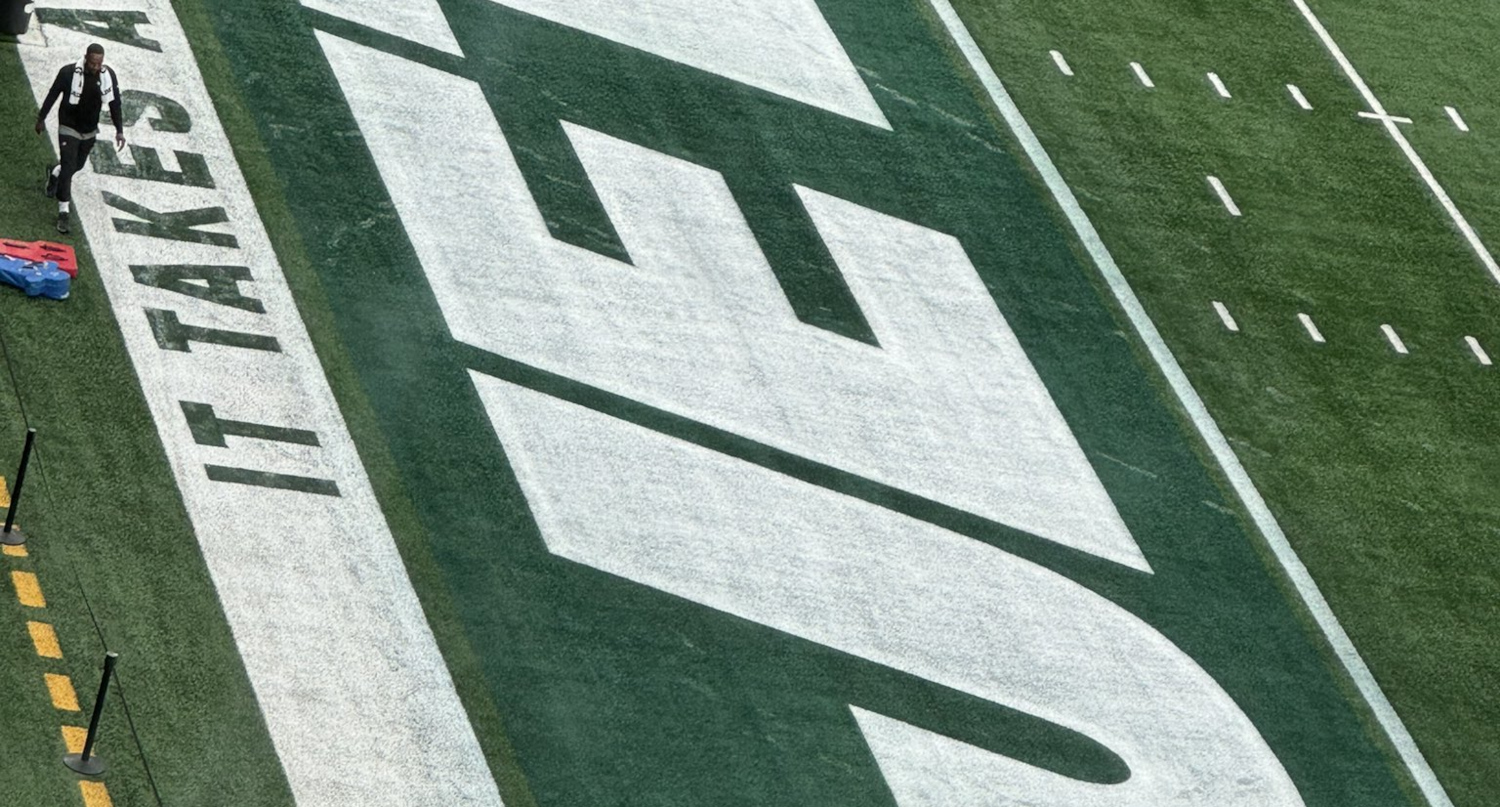Indiana, Baylor, Maryland and Purdue should be terrified.
One (or more) of that foursome could suffer the fate of being yet another No.5 seed losing to a No.12. A 5-12 upset might be more probable in this year’s NCAA tournament because last year was an anomaly, as it was only the fourth time since the field expanded in 1985 that no 12s won.
With the exception of 1988, 2000, 2007 and 2015, we’ve seen a No.12 win least one game against No.5 in the NCAA Tournament. The upset trend is also becoming increasingly more common. From 2008-14, No. 12 seeds won 15 of 28 match-ups. Things went absolutely bonkers in 2013 and 2014 when three No.12 seeds were victorious in each year. Two seasons ago, the No.12 seed came close to going 4 for 4.
In 2014, Stephen F. Austin beat VCU, Harvard upset Cincinnati and North Dakota State defeated Oklahoma. It would have been a clean sweep if not for Saint Louis rallying from 14 points down in the second half to beat NC State in overtime, 83-80.
No.5 seeds are still 80-44 all-time vs. 12s but the average margin of victory is only 4.1 points. As fivethirtyeight.com explained last year, No.5 seeds are much closer to No.6s than in years past and No.12 seeds are stronger than they have ever been.
Here are the winning percentages for seeds No.4 through No.7:
No.4-seed record versus No.13: 99-25 (.798)
No.5-seed record versus No.12: 80-44 (.645)
No.6-seed record versus No.11: 81-43 (.653)
No.7-seed record versus No.10 76-48 (.613)

You’ll notice quite a gap between the No.4 and No.5 seeds and that the No.6 seed have been more successful than No.5s. No.5 seeds are typically power conference teams and No.12s are frequently mid-major with stellar records. The David vs. Goliath match-up can make for close, exciting games to start of the tournament. That creates plenty of buzz and considerable trepidation if you’re a No.5.
Interestingly, the first 5-12 upset was between two major-conference teams, when No.12 Kentucky topped No.5 Washington 66-58 on March 14, 1985. The first small school to turn the trick against a big school was in 1987, when Wyoming knocked off Virginia 64-60.
The hunt for the 5-12 upset is on again. Will there be one, two or more?
This year’s No.5 matchups are all classic big-conference teams versus little guys. The Big Ten stands the most to lose with three league members in these matchups. So now you understand why Indiana, Baylor, Maryland and Purdue must feel like they’ve entered a game of Russian roulette. Who will fall this week?
Here’s how we’re ranking upset possibilities:
No.5 Indiana (25-7) vs. No.12 Chattanooga (29-5):
http://gty.im/462725180
On paper, this seems tempting. Chattanooga has won at Dayton, Georgia and beaten Illinois. What makes the Mocs’ success even more impressive is that Casey Jones, the SoCon Preseason Player of the Year, has been limited to eight games due to a season-ending ankle injury in December. The Mocs have three starters shooting over 48 percent, keyed by 6-10 junior forward Justin Tuoyo (53 percent).
Chattanooga forces turnovers (14.2 per game) and Indiana had the second most turnovers per game (13.7) in the Big Ten. The Hoosiers are also banged up, with Robert Johnson, Juwan Morgan and Collin Hartman nursing injuries. The Hoosiers defense (36 points allowed in the paint) against Michigan has to be alarming as they head into the Tournament.
Upset possibility: Medium
Looks like Chattanooga over Indiana is the trendiest 12 over 5 pick right now, but the basketball gods will make Indiana/Ky happen, right?
— Tyler Thompson (@MrsTylerKSR) March 15, 2016
No.5 Purdue (26-8) vs. No.12 Arkansas Little Rock (29-4):
http://gty.im/141462024
Quick, name the two teams with the fewest losses in the nation. Answer: Kansas and Arkansas Little Rock. The Trojans first year coach Chris Beard is a Bob Knight disciple, having worked under The General at Texas Tech (2001-11). Last year, he was at Division II Angelo State. Now he’s in the big-boy tournament. Arkansas Little Rock’s best victories are against San Diego State and Tulsa and its past three losses are by a combined 13 points.
The Trojans are an excellent defensive team (37th in the nation in the Pomeroy defensive efficiency ratings). This game against Purdue (No.18) figures to be low-scoring. The Boilermakers’ frontcourt muscle – A.J. Hammons and Caleb Swanigan – could be overwhelming. But Arkansas Little Rock has some decent size (Lis Shoshi) – and you can’t count out a team that usually keeps games close.
Upset possibility: Getting warm
I think Arkansas-Little Rock can actually beat Purdue. UALR is a tough out.
— Paul Oren (@TVBOren) March 13, 2016
No.5 Maryland (25-8) vs. No.12 South Dakota State (26-7):
http://gty.im/515502606
In some ways, this might be the hardest of the matchups to gauge because it depends on how you feel about Maryland. Is this the team that gave Michigan State all it could handle in the Big Ten tournament? Or do you put more stock into the fact these guys lost to Minnesota. (?!?). Maryland hasn’t earned the benefit of the doubt. The Terrapins have had turnover issues and point guard Melo Trimble hasn’t looked right for most of the year.
By the way, South Dakota State rolled past that Minnesota team that Maryland couldn’t beat, winning 84-70. Jackrabbits freshman forward Mike Daum could be a match-up problem. He’s 6-9, shoots 56 percent (45 from three-point range), and rebounds (6.1), which may not be enough to beat Maryland when they’re at the top of their game, but does anyone have any idea which Maryland team is going to show up in Spokane?
Upset possibility: A slow boil
It's odd that if South Dakota State beats Maryland, the Hare would be upsetting the Tortoise
— Matt Vautour (@MattVautour424) March 16, 2016
No.5 Baylor (22-11) vs. No. 12 Yale (22-6):
http://gty.im/514663602
According to Vegas, Yale is the most likely to pull an upset. Baylor is favored by 5.5-points – the narrowest margin among the No.5 seeds. Yale is one of the feel good stories of the tournament, making its first trip here since 1962. As an added bonus, Yale should be the crowd favorite in Providence, Rhode Island. Their fans will be able to make a two-hour drive. That doesn’t seem fair to the Baylor Bears who will be flying in.
Yale went 13-1 in the Ivy League and has lost once since late December. The Bulldogs were second in the nation in rebounding margin (plus-11.1), led by Justin Sears (7.5 rebounds per game). Baylor was upset last year as a No.3 seed, falling to No.14 Georgia State in the opening round. No one is going to be surprised if the Bears get upended again.
Upset possibility: Sizzlin’
Most surprising hot ticket: Yale-Baylor in Providence. Lots of disposable income from Yale alumni
— Darren Rovell (@darrenrovell) March 14, 2016
The NCAA tournament’s opening week is built on upsets. If you don’t have a particularly rooting interest, here’s hoping the 5-12 brings us those exciting upsets. As history shows, it’s more likely than not at least one of the favorites will fall.







